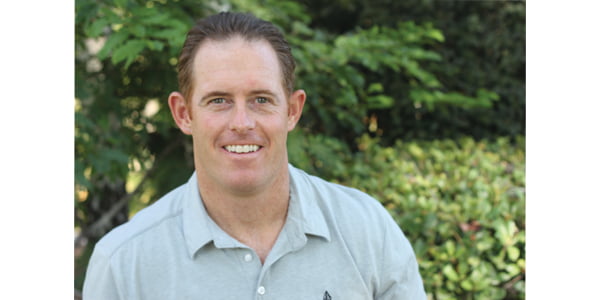 It is a great time to be in the field of endodontics. In the past 10 years, there has been a technological revolution of new products that has served to make endodontics more effective, efficient, and excellent (E3 Endodontics).
It is a great time to be in the field of endodontics. In the past 10 years, there has been a technological revolution of new products that has served to make endodontics more effective, efficient, and excellent (E3 Endodontics).
The revolution heated up when cone beam computed tomography (CBCT) was introduced. The CBCT has completely changed the way we practice and treatment plan. We are now able to three-dimensionally visualize the number and location of canals and roots, unusual anatomy, and any bony pathology prior to access. During a procedure, the operator can also take a CBCT to help locate a calcified canal.
New nickel-titanium metallurgy has greatly improved the endodontic game and has given practitioners a way to shape canals safely, easily, and efficiently. The WaveOne® Gold (Dentsply Sirona) reciprocating file can shape an entire root canal system with just one file. This was completely unheard of 6 years ago and blew my mind when it was first introduced. In fact, I initially said, “You can’t do that.” Now we have heat-treated nickel-titanium — called gold wire, blue wire, M-wire, etc. — that makes the shaping files much more resistant to cyclic fatigue and thus more resistant to file separation. I believe when a practitioner uses these new and improved nickel-titanium files, they take out a file-separation insurance policy. Yes, separation can happen, but it takes a lot of work to separate these types of shaping files.
New calcium silicate sealers such as bioceramic sealer (BC Sealer™, Brasseler USA®), BioRoot™ RCS (Septodont), and ProRoot™ ES (Dentsply Sirona) have allowed efficient, biocompatible sealing of the root canal system with exceptionally less postoperative discomfort (and, yes, they are retreatable if gutta percha is used). These sealers serve as both a sealer and a filler and can be used in a warm vertical, single-cone, or obturator/obturation method.
Not only has shaping and sealing improved, but the chemical debridement revolution is on. We started with standard needle irrigation introducing bleach into the pulp chamber and canals. Since then we have learned that, due to trapped air, a vapor lock can form at the root apex, sometimes preventing complete chemical debridement of the apical one-third. So new technologies were invented and brought to market — ultrasonic activation of the canal irrigants, which studies showed improvement in the cleaning of the canals; EndoVac (Kerr Endodontics) with negative apical pressure; and the Endoactivator (Dentsply Sirona), a sonically activated device with a flexible polymer tip to aid in acoustic streaming of canal irrigant. Then Photon-Induced Photoacoustic Streaming (PIPS), which is laser-activated irrigation, came onto the endodontic scene and greatly improved the irrigation revolution. Recently, Sonendo® with the GentleWave® multisonic sound-wave technology has brought a buzz of excitement to the endodontic community. The GentleWave procedure optimizes treatment fluids, by removing the unwanted gasses from NaOCL and EDTA and combining the optimized treatment fluids with a proprietary broad range of acoustic energy which leads to cavitation and remarkable clinical results. I have incorporated all of these products clinically and observe first hand the clinical improvement of the endodontic revolution.
My friends and family ask me how do you do root canals all day every day? I respond that it’s fun because I am part of the endodontic revolution, and I get to “play” with new toys every day that make me better, more successful, and enhance the patients’ experience. So embrace the endodontic revolution, and borrowing from H&R Block®: “Don’t just get your root canals done; get your root canals won.”
Stay Relevant With Endodontic Practice US
Join our email list for CE courses and webinars, articles and more..


